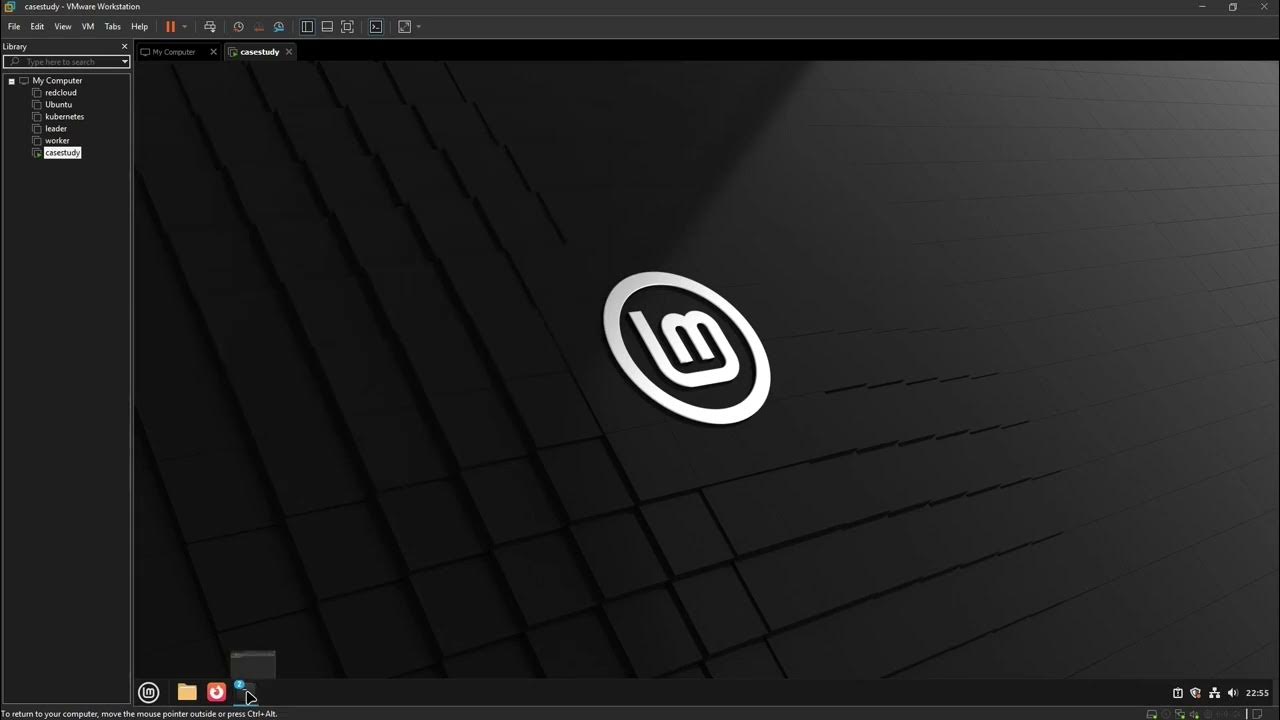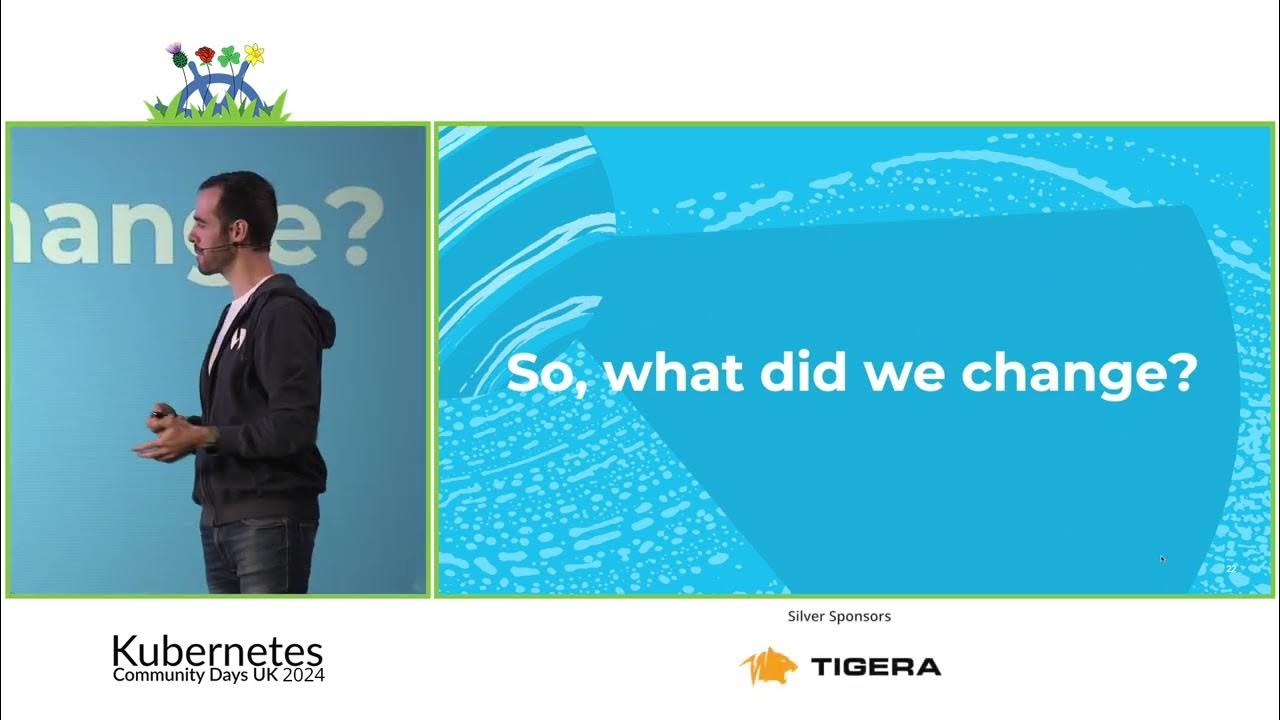How to Create Helm Charts - The Ultimate Guide
Summary
TLDRThis video tutorial guides viewers on creating custom Helm charts for Kubernetes applications, enabling single-command deployments. It covers generating Helm chart scaffolding, understanding file structures, and exploring templating for different environments like Dev, staging, and production. The tutorial also demonstrates deploying applications using Helm, customizing deployments with values files, and outputting configuration information through notes.txt. By the end, viewers gain the skills to use Helm for job-related or personal projects.
Takeaways
- 📂 **Folder Structure**: Learn how to create the necessary folder structure and files for a basic Helm chart.
- 🚀 **Helm Chart Generation**: Understand how to generate a Helm chart using the `helm create` command.
- 🔧 **Customization**: Discover how to customize the default Helm chart to fit your specific application needs.
- 📝 **Templates & Values**: Explore the importance of the `templates` folder and `values.yaml` file in Helm templating.
- 🌐 **Environment Customization**: Gain insights on how to deploy applications with different configurations for environments like Dev, staging, and production.
- 🛠️ **Helm Templating**: Learn to use Helm templating to streamline the deployment process with different values.
- 🔄 **Updating Releases**: Understand how to upgrade Helm releases with new configurations using `helm upgrade`.
- 🔗 **Linking Configuration**: Learn how to link configuration maps to deployments for dynamic application settings.
- 📝 **Notes.txt Utility**: Discover the utility of `notes.txt` for providing users with configuration information after installing a Helm chart.
- 🔎 **Debugging and Testing**: Get tips on how to test and troubleshoot your Helm deployments effectively.
Q & A
What is the main purpose of creating your own Helm charts?
-The main purpose of creating your own Helm charts is to deploy Kubernetes applications with a single command, allowing for customization and ease of use across different environments like development, staging, and production.
How do you generate the initial scaffolding for a Helm chart?
-You can generate the initial scaffolding for a Helm chart by running the command `helm create <chart-name>`, which creates a basic folder structure and files for your Helm template.
What are the key components of a Helm chart folder structure?
-The key components of a Helm chart folder structure include the `charts` folder for dependencies, the `templates` folder for Kubernetes manifest files, a `Chart.yaml` file containing chart metadata, a `values.yaml` file for default configuration values, and an `helmignore` file to specify files to ignore during packaging.
What is Helm templating and why is it useful?
-Helm templating is a feature that allows you to parameterize your Kubernetes manifests with variables and values. It is useful for customizing deployments for different environments without having to modify the template files directly.
How can you deploy a Helm chart with different configurations for development and production?
-You can deploy a Helm chart with different configurations for development and production by creating separate `values.yaml` files for each environment and using the `--values` flag with the `helm install` or `helm upgrade` command to specify the appropriate configuration file.
What is the purpose of the `values.yaml` file in a Helm chart?
-The `values.yaml` file in a Helm chart contains default configuration values that can be overridden during deployment. It allows users to customize the deployment without modifying the template files directly.
How can you access a deployed application using Helm and Minikube?
-To access a deployed application using Helm and Minikube, you can use the `minikube tunnel` command to forward traffic to the load balancer, and then use `curl localhost 80` or open a web browser to access the application.
What is the significance of the `charts.yaml` file in a Helm chart?
-The `Chart.yaml` file in a Helm chart contains metadata about the chart, such as its name, version, and description. It is used by Helm to manage the chart's dependencies and versioning.
How can you output configuration information to the user when they install a Helm chart?
-You can output configuration information to the user when they install a Helm chart by creating a `NOTES.txt` file in the `templates` folder. Any content in this file will be displayed to the user after the chart is installed.
Why is it important to have a separate namespace for development and production deployments in Helm?
-Having a separate namespace for development and production deployments in Helm is important for organization and isolation of environments. It helps prevent resource conflicts and makes it easier to manage and scale applications.
Outlines

This section is available to paid users only. Please upgrade to access this part.
Upgrade NowMindmap

This section is available to paid users only. Please upgrade to access this part.
Upgrade NowKeywords

This section is available to paid users only. Please upgrade to access this part.
Upgrade NowHighlights

This section is available to paid users only. Please upgrade to access this part.
Upgrade NowTranscripts

This section is available to paid users only. Please upgrade to access this part.
Upgrade NowBrowse More Related Video

What is Helm in Kubernetes? Helm and Helm Charts explained | Kubernetes Tutorial 23

03 Kubernetes Monitoring dan Alerting

Pine Script Giriş | Tradingview Kodlama [ 1 ]

Helm Mini Course Part 7 - How to Avoid "Snowflake Clusters"

An Odyssey with ArgoCD. From Git to Helm | Farah Adbib & Antonio Alferez

What Is Kubernetes - The Engine Behind Google's massive Container Systems | KodeKloud
5.0 / 5 (0 votes)